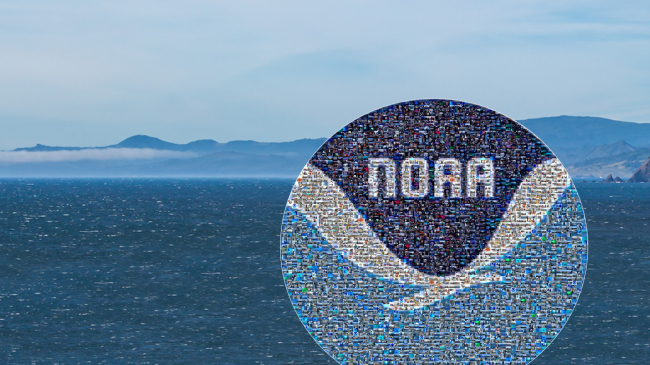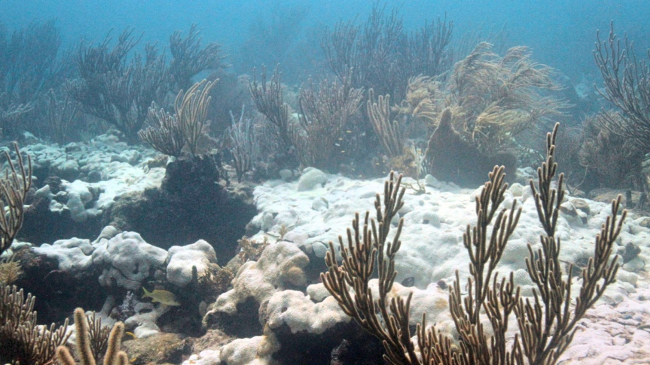The goal? To improve accuracy of weather forecasts and models

NOAA scientists use data collected by NASA's unmanned aerial vehicle to study phenomena such as El Nino. (Image credit: Courtesy of NASA)
A team of NOAA scientists and partners have embarked on a land, sea, and air campaign in the tropical Pacific to study the this year's El Niño and gather data in hopes to improve weather forecasts thousands of miles away.
The El Niño Rapid Response Field Campaign will deploy NOAA’s Gulfstream IV research plane, the NOAA Ship Ronald H. Brown, NASA’s Global Hawk unmanned aircraft equipped with specialized sensors, and researchers stationed on Kiritimati (Christmas) Island in the Republic of Kiribati, which lies approximately 1,340 miles south of Honolulu. Scientists will collect atmospheric data from this vast and remote expanse of the tropical Pacific where El Niño-driven weather systems are spawned. Learn more about this big new research project.
Media contact
Theo Stein
303-497-6288




